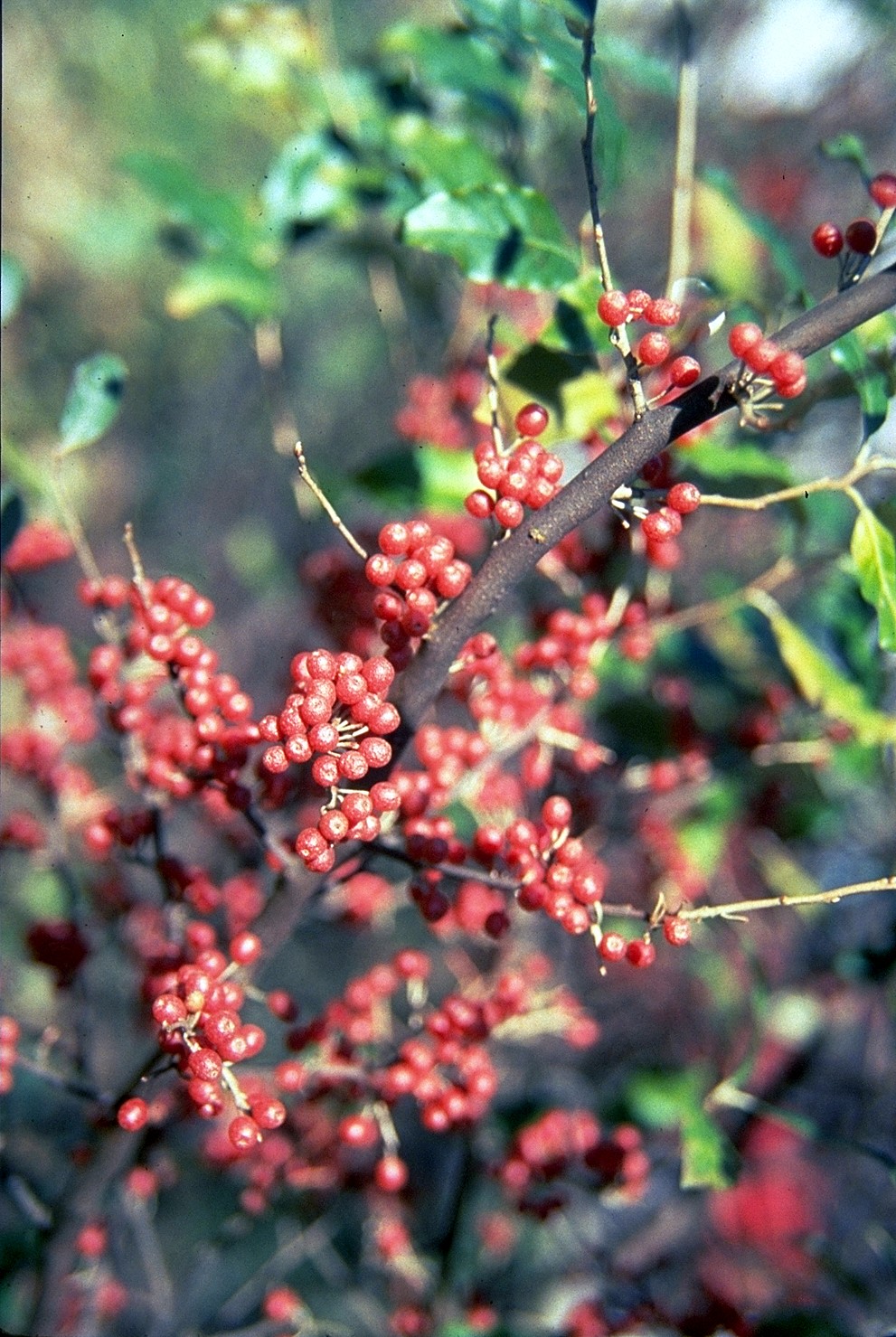Difference between revisions of "Translations:AY Honors/Edible Wild Plants/Answer Key 2/51/en"
m (FuzzyBot moved page Translations:AY Honors/Edible Wild Plants/Answer Key/51/en to Translations:AY Honors/Edible Wild Plants/Answer Key 2/51/en without leaving a redirect: Part of translatable page "AY Honors/Edible Wild Plants/Answer Key") |
(Importing a new version from external source) |
||
| Line 1: | Line 1: | ||
| − | {{: | + | {{:AY Honors/Edible Wild Plants/Sumac}} |
===Shrubs=== | ===Shrubs=== | ||
| − | {{: | + | {{:AY Honors/Edible Wild Plants/Autumn Olive}} |
Latest revision as of 16:05, 7 September 2021
Sumac
Description: It grows to 3-10 m tall, and has alternate, pinnately compound leaves 25-55 cm long, each with 9-31 serrate leaflets 6-11 cm long. The leaf petioles and the stems are densely covered in rust-colored hairs. The fruit of staghorn sumac is one of the most identifiable characteristics, forming dense clusters of small red drupes at the terminal end of the branches; the clusters are conic, 10-20 cm long and 4-6 cm broad at the base. The fruit appear during autumn, at which point the foliage turns a brilliant red. Sumacs are considered some of the best fall foliage around. The fruit has been known to last through winter and into spring.
Where found: From Ontario and Quebec south to northern Georgia and Mississippi.
Availability: Spring, Summer, Fall, Winter
Use: The fruit drupes can be bruised and then soaked in water to make a refreshing lemonade-like drink.
WARNING: Avoid the Poison Sumac tree which is easily identified by its white flowers. Contact with poison sumac will cause a rash (like poison ivy).
Shrubs
Autumn Olive
Description: Autumn olive is a small tree (or large shrub), growing 4-10 meters tall. The leaves are lanceolate, shiny green on the top with a silvery, powdery underside. The berries are about 6-7mm in diameter, bright red with speckles on them, growing in groups. They are very sweet.
Where found: Native to eastern Asia from the Himalayas east to Japan. It was introduced to North America where it has become an invasive species.
Availability: Fall
Use: When ripe, the fruit is juicy and edible. It can be eaten fresh or made into a jam. The fruit is small, extremely numerous, tart-tasting, and it has a chewable seed. It has been shown to have from 7 to 17 times the amount of the antioxidant lycopene that tomatoes have. Lycopene has been consistently shown to be useful in decreasing the risk of prostate cancer.


